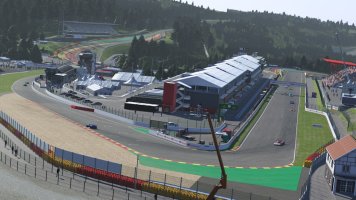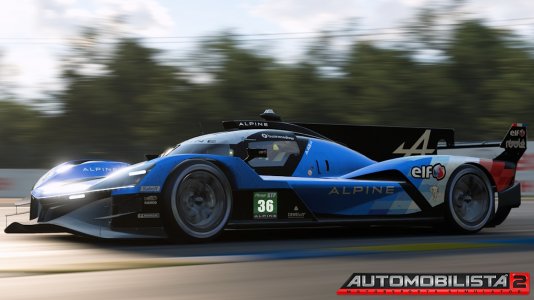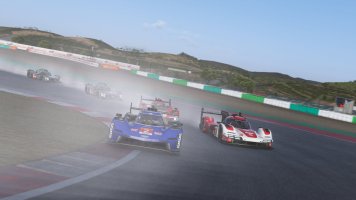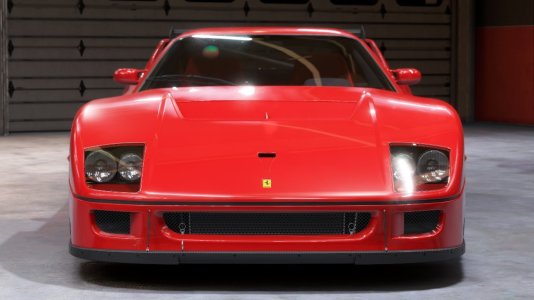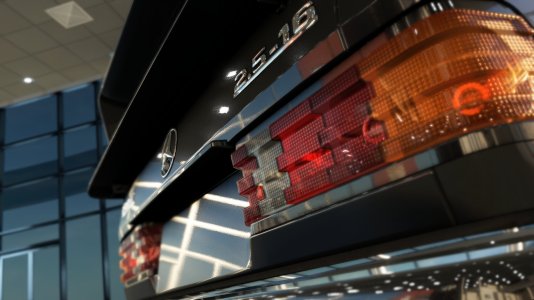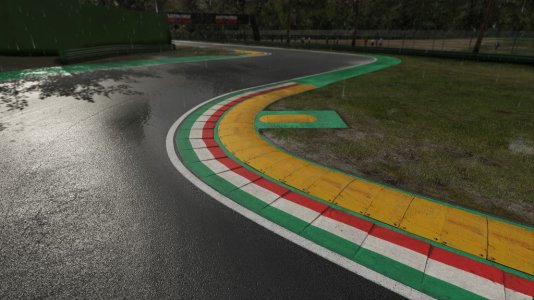Hi. I am looking to build a button box for things like AC, ACC, Automobilista 1/2 and others etc.
Using a Leo Bodnar board (BBI32) I can sucessfully pretty much create and map any button I want into a game including some functionality for things like Held Toggle switches using extra programs like Joy2Key so I'm having no issues doing almost anything I can think of except for one thing.
Dial based switches using Potentiometers/Rotary Encoders.
I cant seem to get a workable functionality out of them (that I can sucessfully map to a game) so I need to know a few things. All I can do at best is get one to read a button press when it goes past the last 25% of a turn and another press when it goes through the last 75% of a turn. This of course cant be mapped in a "Press A to Increase" "Press B to Decrease" type scenario for things like Brake Bias, as it only presses it once and its done.
So:
What potentiometers are folk using? 10k? 1k? what type?
How are they being wired up to leo bodnar boards (for those not using arduinos)? I was using pins 1, the ground for 1 and pin 2. I have tried other combos with no sucess.
How are they being calibrated by the software from leo bodnar (BBI32 config), I can only get the button to register anything at all if its set up 1:1, not the other options such as 1:2 or 1:4. Changing things such as ms for encoder pulse width seems to do very little.
Then how are they being mapped in game to provide predictable functionality for things like traction control and brake bias.
Basically how are people who are doing custom button boxes making 'Dial' type switches because I cant seem to get the dials I have to behave in a mappable way.
Thanks in advance.
Using a Leo Bodnar board (BBI32) I can sucessfully pretty much create and map any button I want into a game including some functionality for things like Held Toggle switches using extra programs like Joy2Key so I'm having no issues doing almost anything I can think of except for one thing.
Dial based switches using Potentiometers/Rotary Encoders.
I cant seem to get a workable functionality out of them (that I can sucessfully map to a game) so I need to know a few things. All I can do at best is get one to read a button press when it goes past the last 25% of a turn and another press when it goes through the last 75% of a turn. This of course cant be mapped in a "Press A to Increase" "Press B to Decrease" type scenario for things like Brake Bias, as it only presses it once and its done.
So:
What potentiometers are folk using? 10k? 1k? what type?
How are they being wired up to leo bodnar boards (for those not using arduinos)? I was using pins 1, the ground for 1 and pin 2. I have tried other combos with no sucess.
How are they being calibrated by the software from leo bodnar (BBI32 config), I can only get the button to register anything at all if its set up 1:1, not the other options such as 1:2 or 1:4. Changing things such as ms for encoder pulse width seems to do very little.
Then how are they being mapped in game to provide predictable functionality for things like traction control and brake bias.
Basically how are people who are doing custom button boxes making 'Dial' type switches because I cant seem to get the dials I have to behave in a mappable way.
Thanks in advance.


